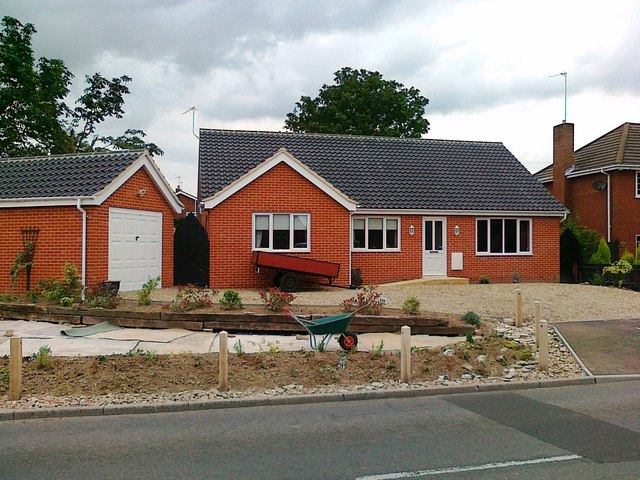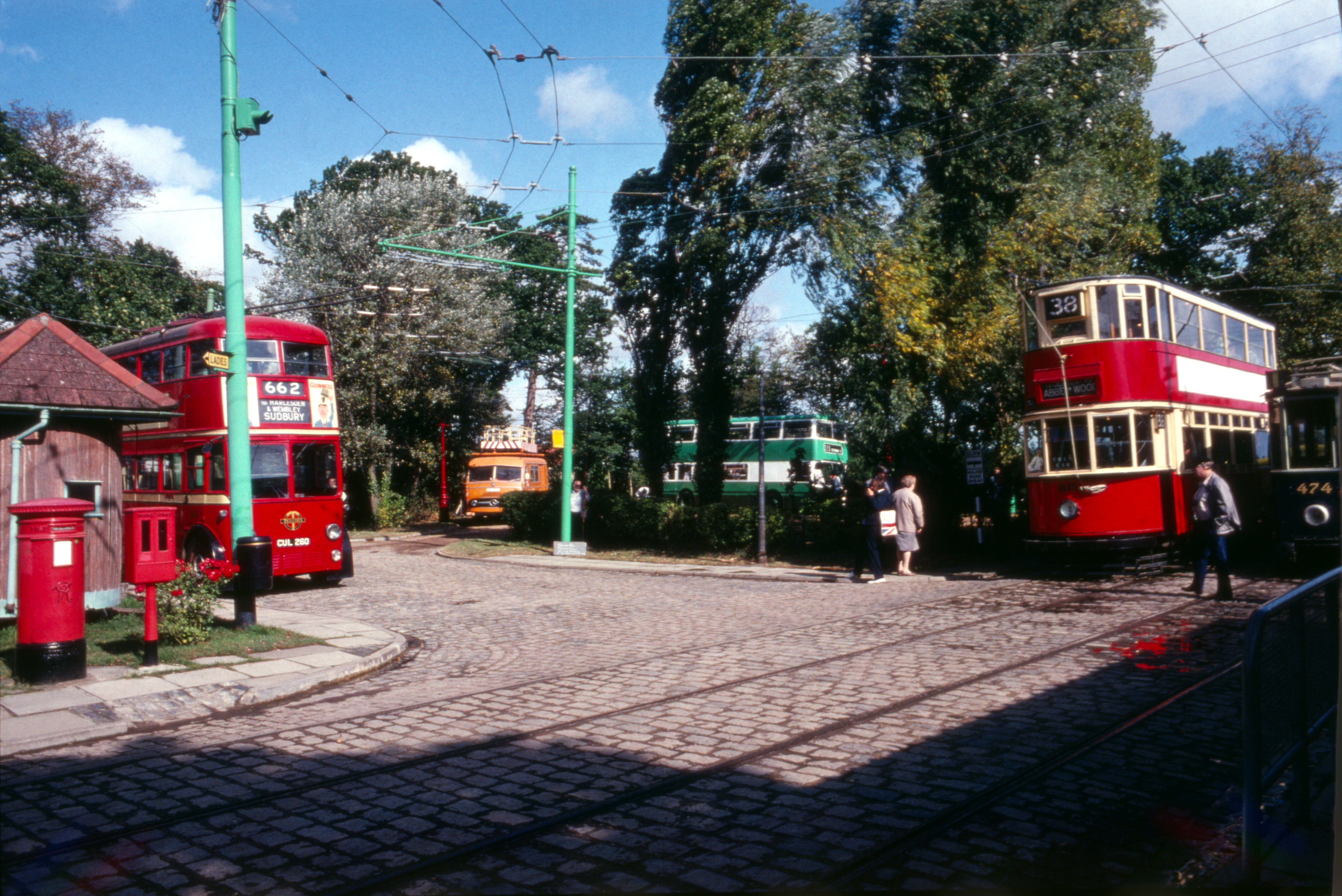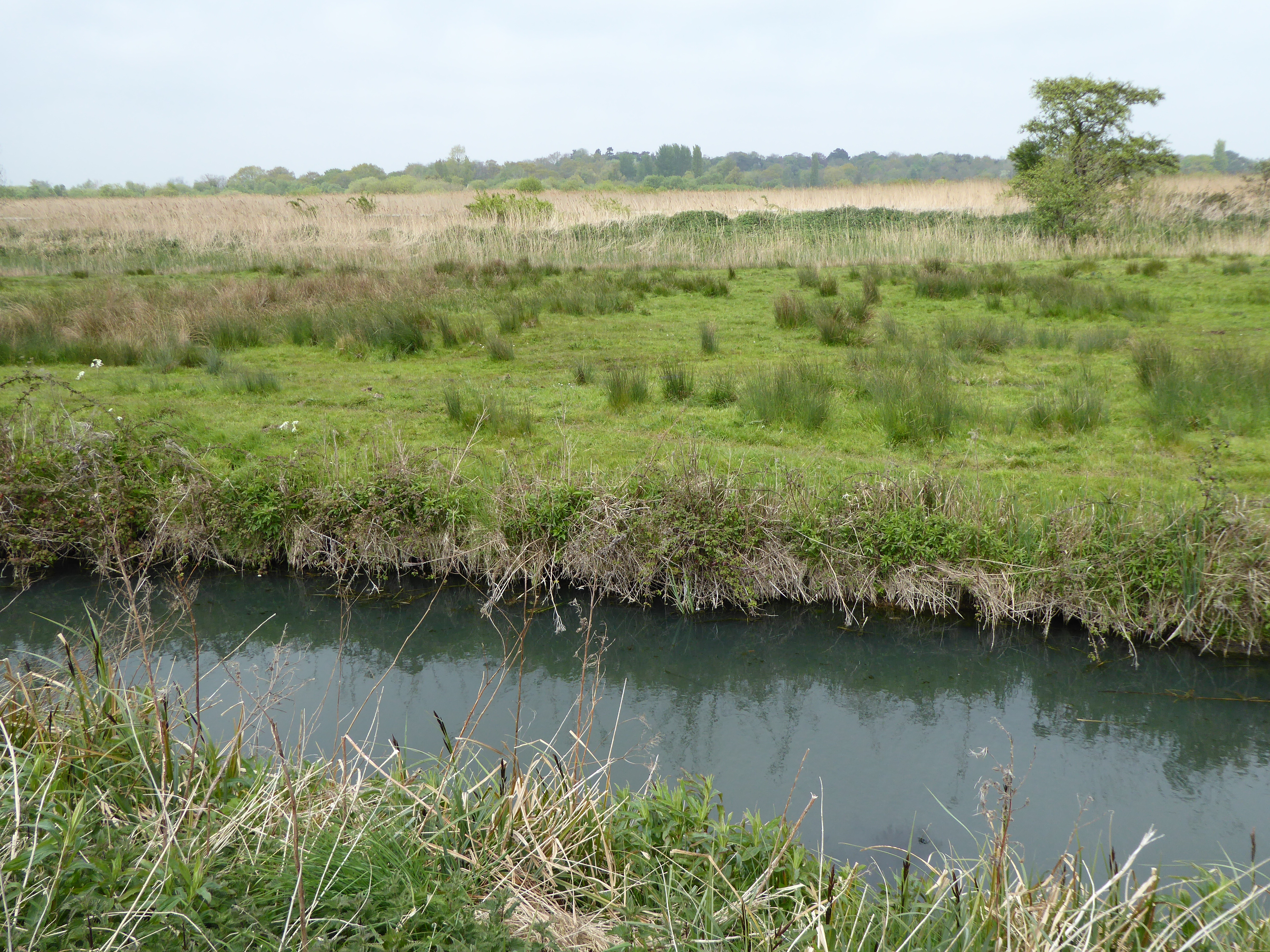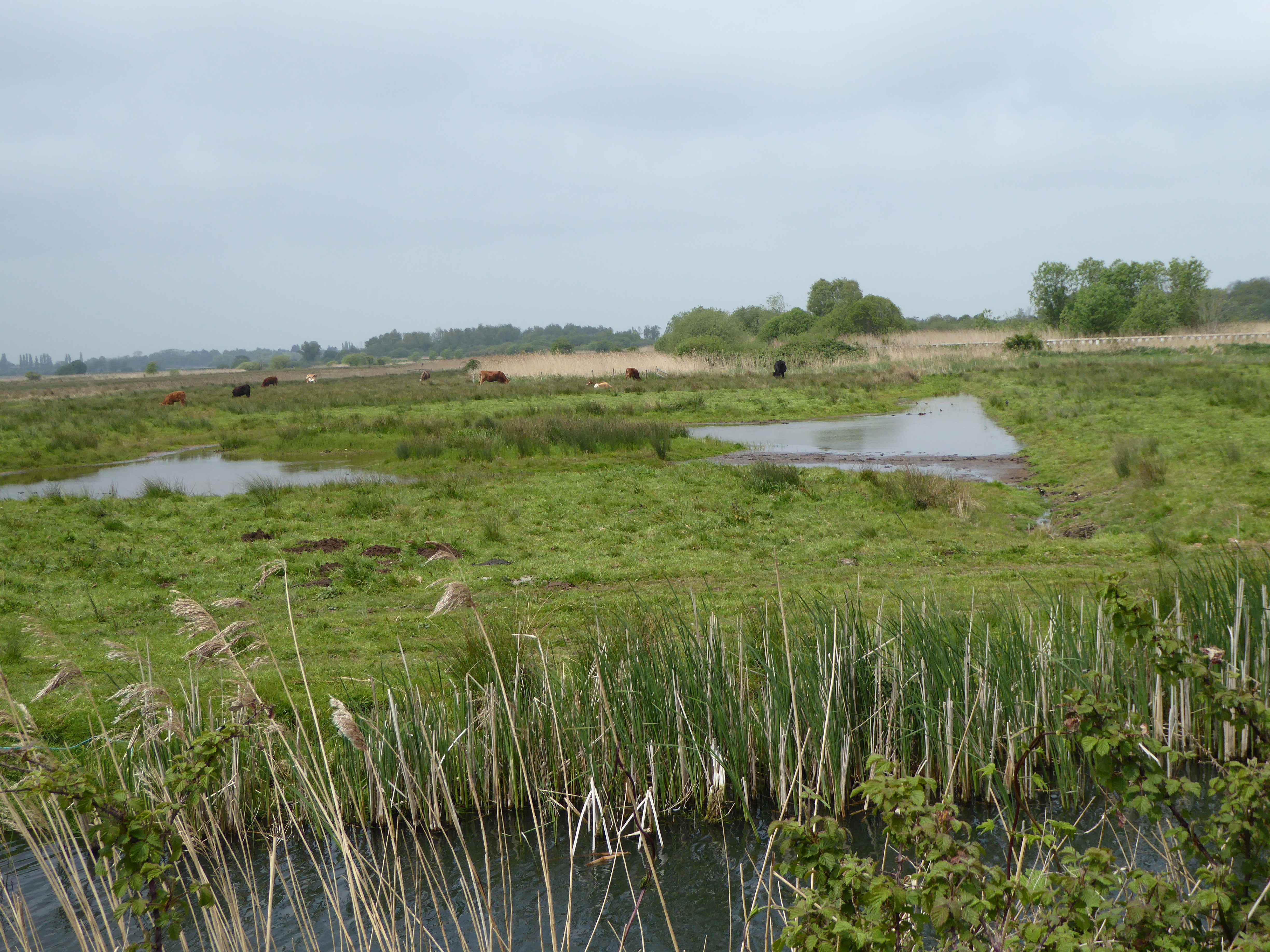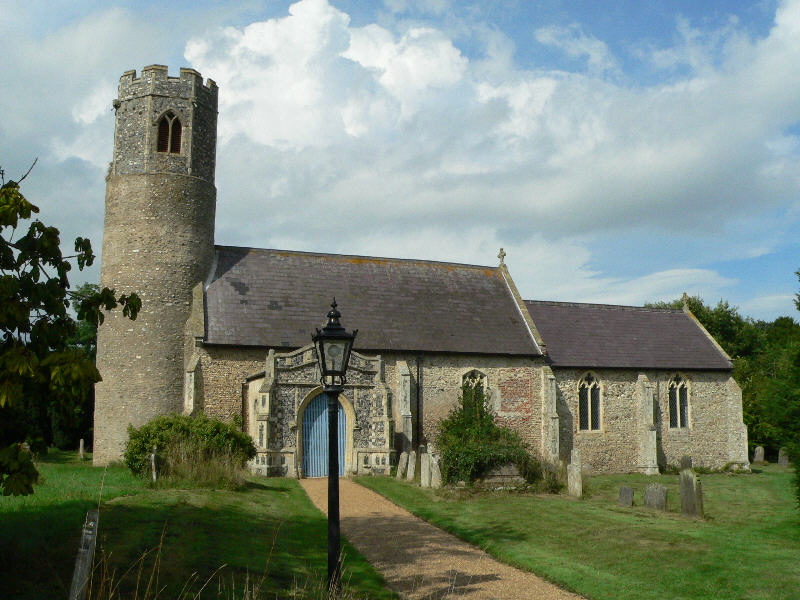Carlton Grove
Wood, Forest in Suffolk East Suffolk
England
Carlton Grove
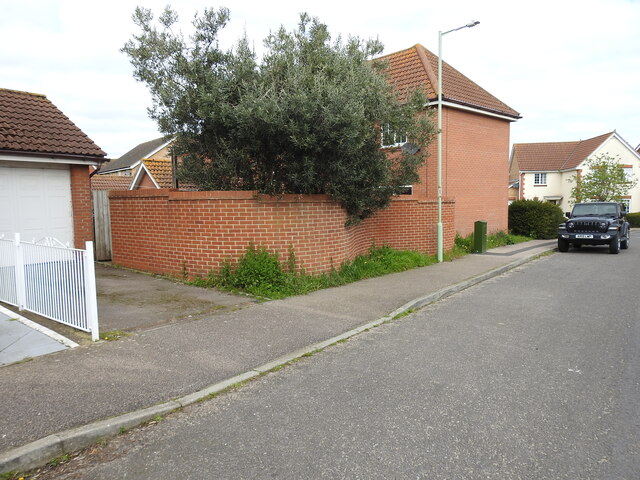
Carlton Grove, located in Suffolk, is a picturesque wood or forest area known for its natural beauty and tranquility. Nestled amidst the rolling hills and countryside, this enchanting woodland spans approximately 200 acres and is a haven for nature lovers, hikers, and wildlife enthusiasts.
The grove boasts a diverse range of trees, including oak, beech, and birch, which provide a lush and vibrant canopy. The forest floor is adorned with carpets of bluebells, wildflowers, and ferns, creating a stunning spectacle during springtime. The gentle babbling of a nearby stream adds to the peaceful ambiance, while the intermittent bird songs fill the air with melodious tunes.
The wood is crisscrossed with well-maintained trails and footpaths, offering visitors the opportunity to explore its hidden treasures. Hikers can embark on leisurely strolls or more adventurous hikes, immersing themselves in the natural wonders that surround them. Along the way, they may encounter an array of wildlife, such as deer, foxes, and a variety of bird species, including woodpeckers and owls.
For those seeking a moment of solitude or a peaceful pause, Carlton Grove offers several designated picnic areas and benches, strategically placed to provide breathtaking views of the surrounding countryside. Visitors can enjoy a packed lunch or simply bask in the tranquility of their surroundings.
With its idyllic setting, abundant flora and fauna, and well-maintained trails, Carlton Grove is a true gem in Suffolk, welcoming all who seek solace, serenity, and a deep connection with nature.
If you have any feedback on the listing, please let us know in the comments section below.
Carlton Grove Images
Images are sourced within 2km of 52.452618/1.6824086 or Grid Reference TM5090. Thanks to Geograph Open Source API. All images are credited.

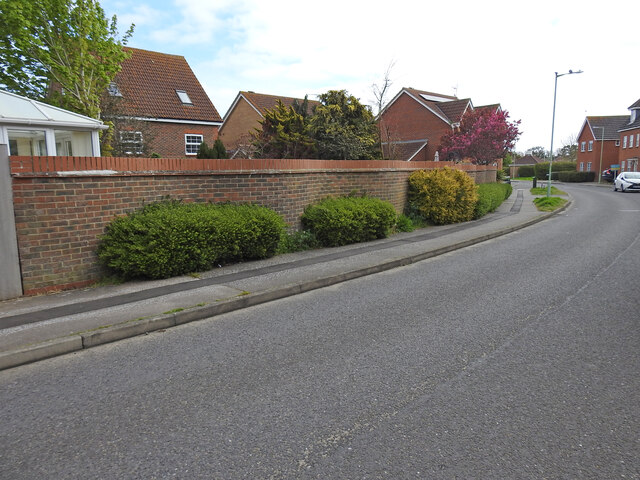
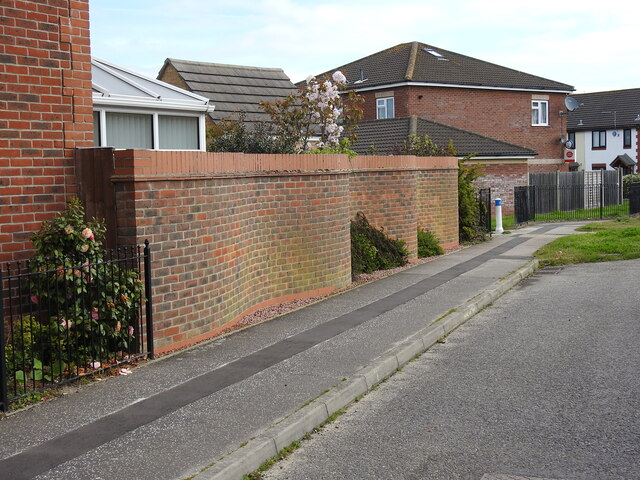

Carlton Grove is located at Grid Ref: TM5090 (Lat: 52.452618, Lng: 1.6824086)
Administrative County: Suffolk
District: East Suffolk
Police Authority: Suffolk
What 3 Words
///fixed.steadily.dabbling. Near Kessingland, Suffolk
Nearby Locations
Related Wikis
East Anglia Transport Museum
The East Anglia Transport Museum is an open-air transport museum, with numerous historic public transport vehicles (including many in full working order...
Lowestoft (UK Parliament constituency)
Lowestoft was a parliamentary constituency centred on the town of Lowestoft in Suffolk. It returned one Member of Parliament (MP) to the House of Commons...
Carlton Colville
Carlton Colville is a civil parish and suburb of Lowestoft in the English county of Suffolk. It is 3 miles (5 km) south-west of the centre of the town...
St Peter's Church, Carlton Colville
St. Peter's Church is the Anglican parish church in the village of Carlton Colville, near Lowestoft in Suffolk, England. It is a small church with 13th...
Sprat's Water and Marshes, Carlton Colville
Sprat's Water and Marshes, Carlton Colville is a 57.1-hectare (141-acre) biological Site of Special Scientific Interest on the western outskirts of Lowestoft...
Carlton and Oulton Marshes
Carlton and Oulton Marshes is a 151 hectare nature reserve in Lowestoft in Suffolk. It is managed by the Suffolk Wildlife Trust. Carlton Marshes is part...
Gisleham
Gisleham is a village and civil parish in the English county of Suffolk. It is on the edge of Lowestoft, around 4.5 miles (7.2 km) south-west of the town...
Lothingland Rural District
Lothingland was a rural district in East Suffolk, England, named after the ancient half-hundred of Lothingland which was merged with Mutford half-hundred...
Nearby Amenities
Located within 500m of 52.452618,1.6824086Have you been to Carlton Grove?
Leave your review of Carlton Grove below (or comments, questions and feedback).









